What we can learn from the critically endangered species.
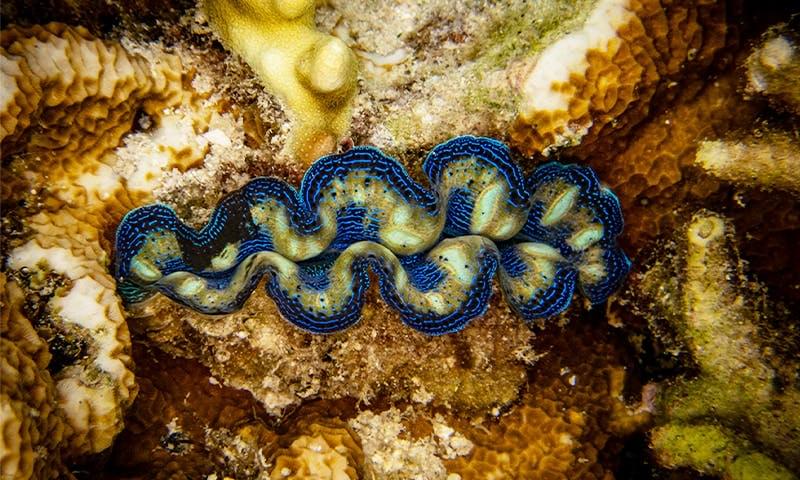

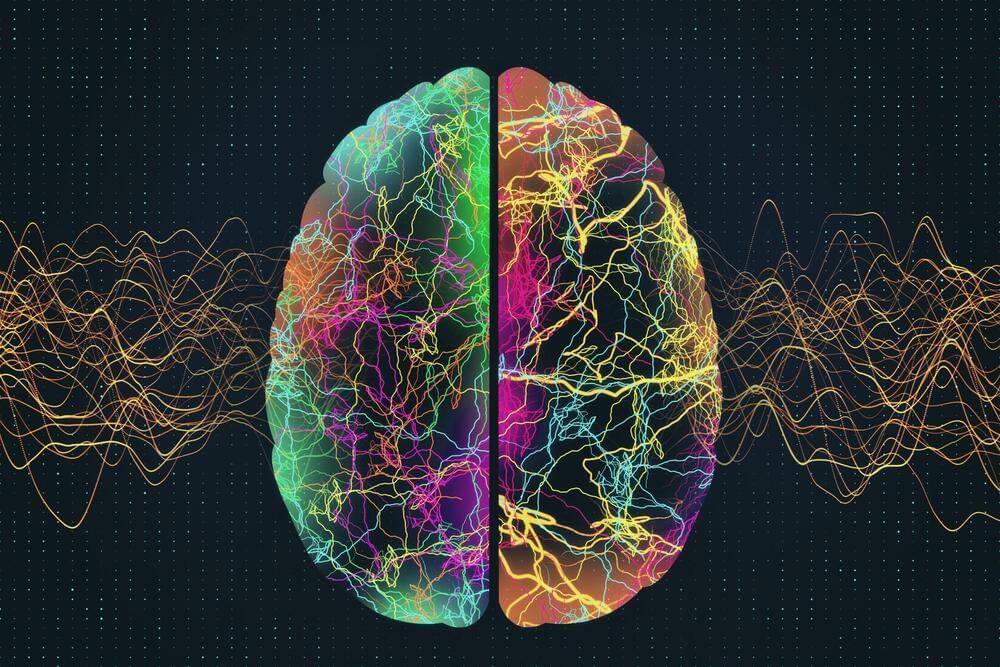
At some point in your life, you must’ve experienced a lightbulb moment when an amazing idea just popped into your head out of nowhere. But what is your brain doing during these brief periods of creativity?
Researchers from the University of Utah Health and Baylor College of Medicine looked into the origin of creative thinking in the brain. They found that different parts of the brain work together to produce creative ideas, not just one particular area.
“Unlike motor function or vision, they’re not dependent on one specific location in the brain,” Ben Shofty, the senior author of the study and an assistant professor of neurosurgery at the Spencer Fox Eccles School of Medicine, said. “There’s not a creativity cortex.”
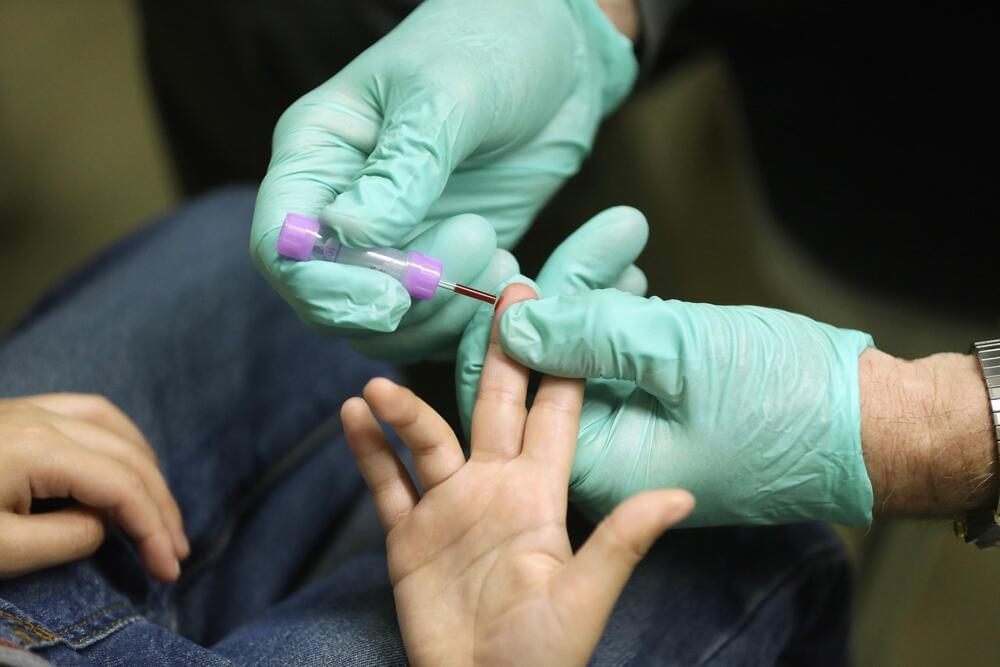
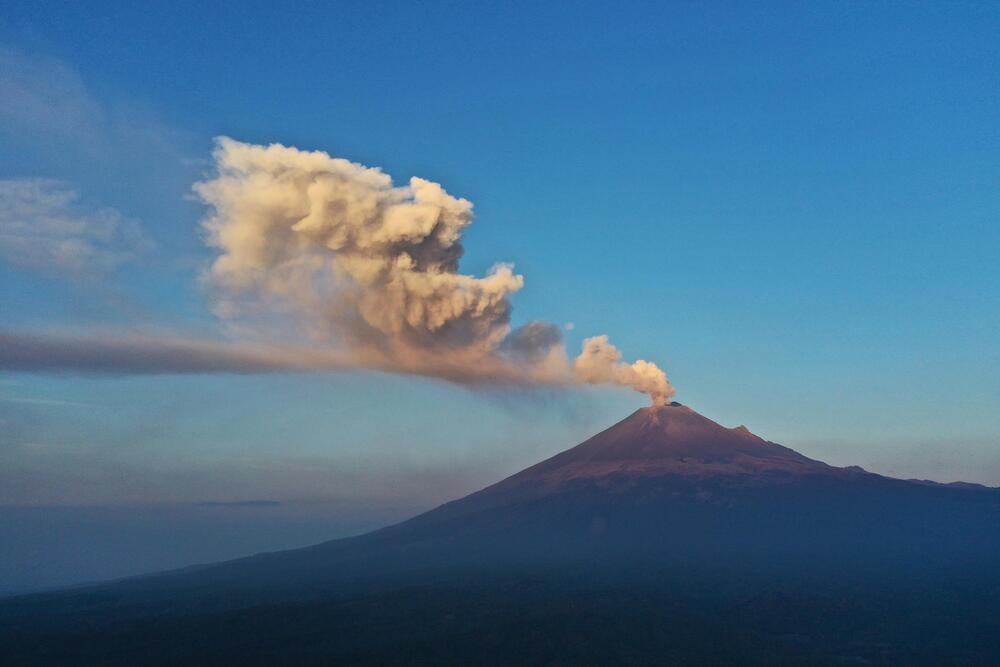
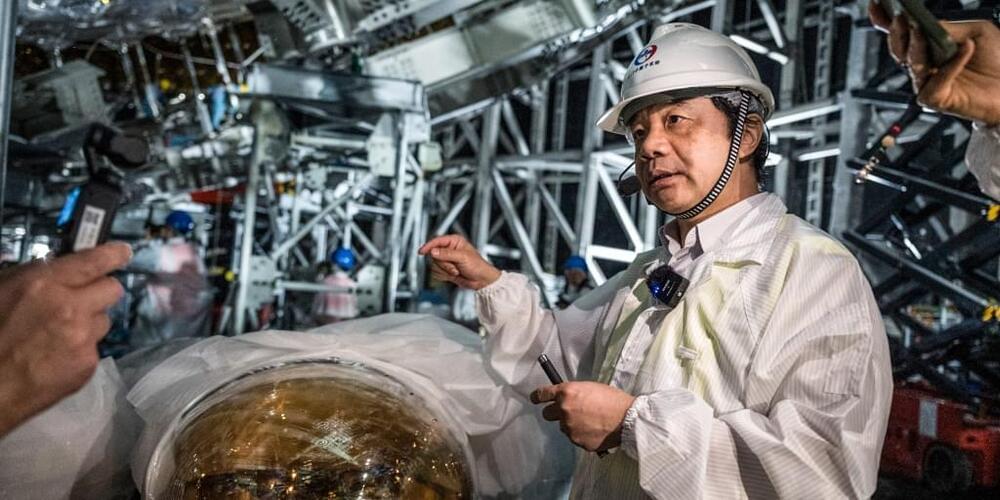
GOLDEN ROOSTER TOWN, Kaiping, China — In a granite cavern deep beneath the forested hills of southern China, workers will soon complete a 600-ton sphere that could crack open some of the deepest mysteries of modern physics.
The plexiglass sphere is the centerpiece of the Jiangmen Underground Neutrino Observatory, or JUNO, a $300 million facility designed to measure neutrinos, the smallest subatomic particles known to physicists.
Containing Matters of Grotesque Gastronomy.
Bibliography:
Gregory, Sinda and McCaffery, Larry — “Not just a Gibson Clone: An Interview with Goro Masaki” https://web.archive.org/web/20070927045310/http://www.center…asaki.html.
Tatsumi, Takayuki — “Generations and Controversies — An Overview of Japanese Science Fiction, 1957–1997″, Science Fiction Studies, Vol. 27, No. 1 (Mar., 2000)
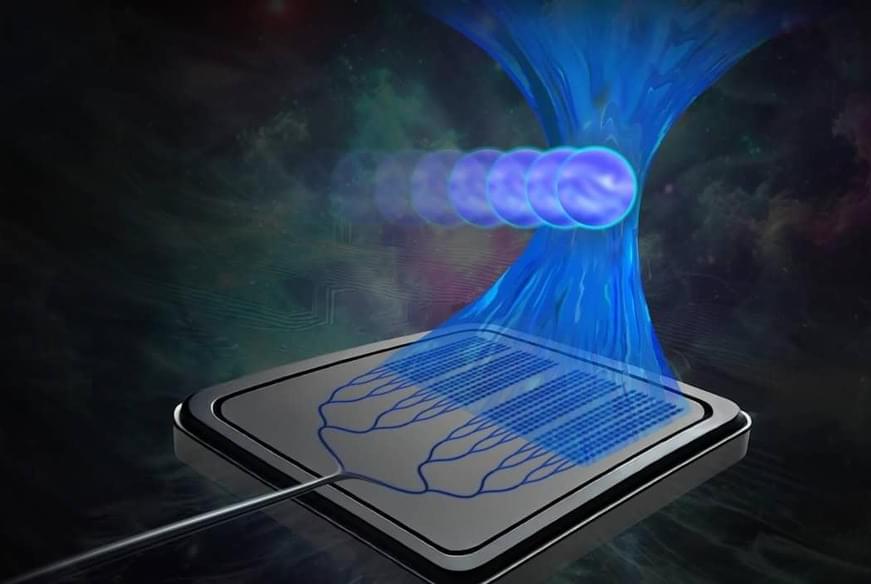
Chip-based tractor beam Integrated optical tweezers use an intensely focused beam of light to capture and manipulate biological particles without damaging the cells.
Optical manipulation techniques are garnering increased interest for biological applications.
Optical manipulation techniques are garnering increased interest for biological applications. Researchers from Massachusetts Institute of Technology (MIT) have now developed a miniature, chip-based optical trap that acts as a “tractor beam” for studying DNA, classifying cells and investigating disease mechanisms. The device – which is small enough to fit in your hand – is made from a silicon-photonics chip and can manipulate particles up to 5 mm away from the chip surface, while maintaining a sterile environment for cells.
The promise of integrated optical tweezers
Integrated optical trapping provides a compact route to accessible optical manipulation compared with bulk optical tweezers, and has already been demonstrated using planar waveguides, optical resonators and plasmonic devices. However, many such tweezers can only trap particles directly on (or within several microns of) the chip’s surface and only offer passive trapping.
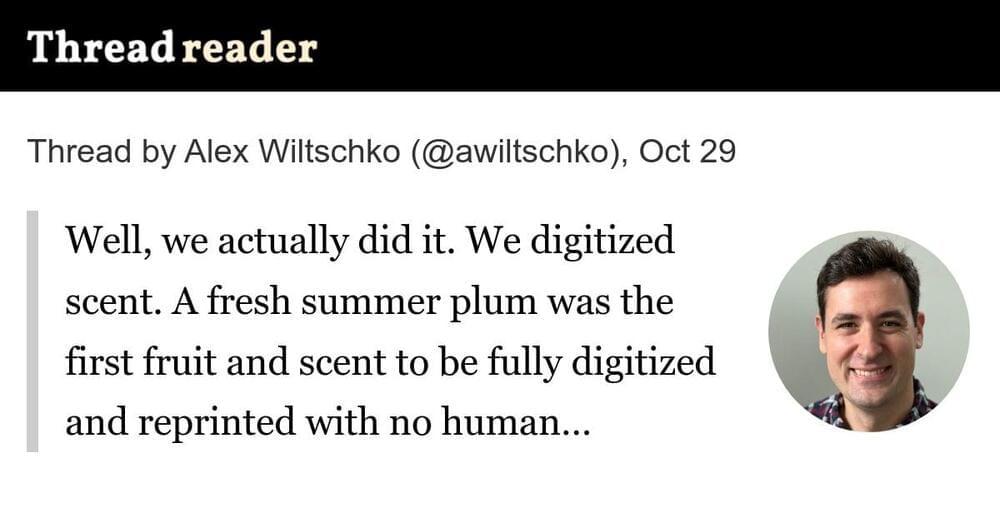
Thread#showTweet data-screenname= awiltschko data-tweet=1851327552490733686 dir= auto Well, we actually did it. We digitized scent. A fresh summer plum was the first fruit and scent to be fully digitized and reprinted with no human intervention. It smells great.
Holy moly, I’m still processing the magnitude of what we’ve done. And yet, it feels like as we cross this finish line we are instantly at a new starting line. I’ll have more to share about what’s in store that we’re building on top of this.
A huge HUGE congrats to the entire team across scientific, engineering, operational, and creative disciplines. It takes a village named Osmo to do this.
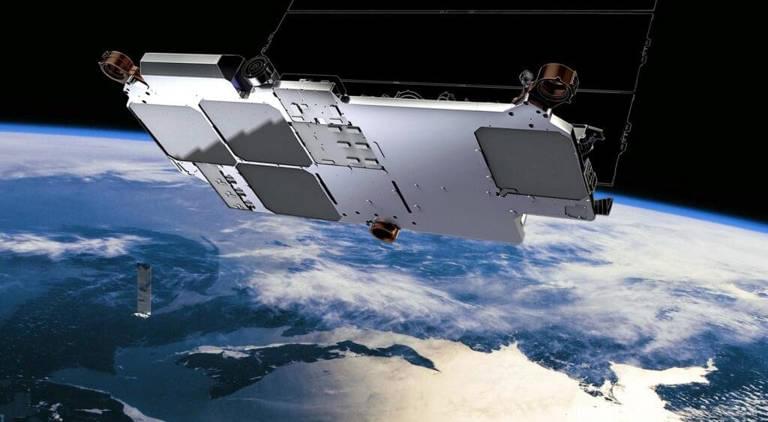
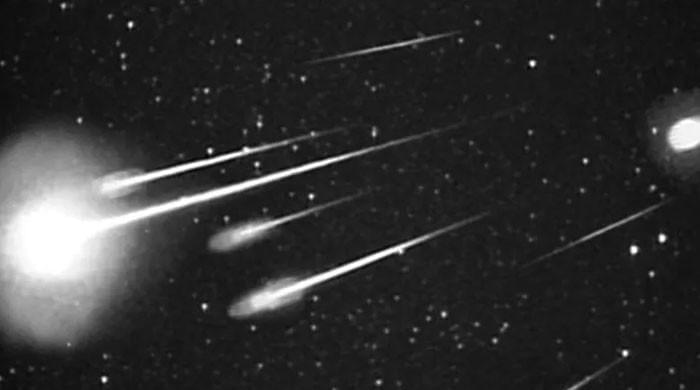
The earthlings are yet again going to experience the breathtaking celestial event known as Leonid meteor shower which will be active from November 3 to December 2 this year and peak overnight from November 16 to 17.
When Earth travels through the debris left behind by comet 55P/Tempel-Tuttle the Leonids are produced. It happens during its highly elliptical orbit around the Sun every 33 years, reported Space.
It is worth noting that the Leonids are regarded as some of the fastest meteors, zipping through the sky at 44 miles (71 kilometres) per second, as per NASA.